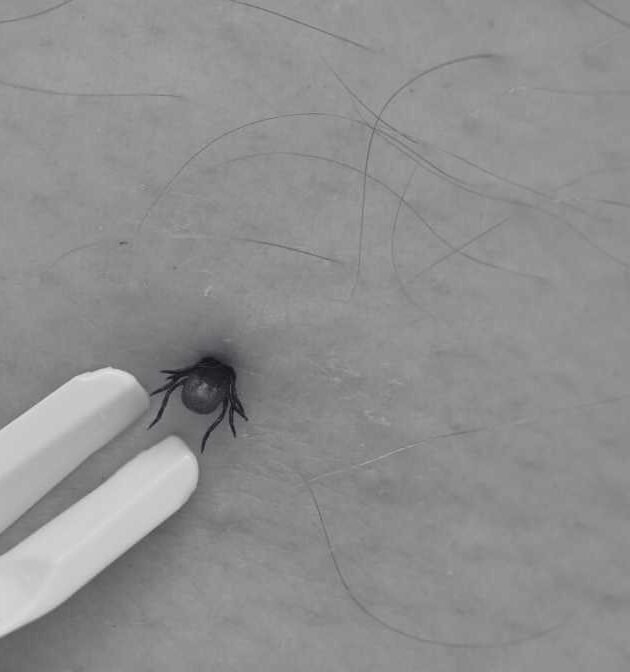
Between Fogging and Fumigation Services, Which Works Best?
May 27, 2025
Best Mosquito Repellent Plants To Prevent Mosquitoes
May 28, 2025
Mosquitoes Blog
Understanding the various types of mosquitoes and the diseases they spread is essential for safeguarding public health.
Exploring The Diseases They Transmit Globally
Types of Mosquitoes and the Diseases They Spread
Mosquitoes are among the most significant vectors of infectious diseases affecting humans worldwide. Their ability to transmit various pathogens makes them a critical focus in public health efforts. Understanding the different types of mosquitoes species and the diseases they spread is essential. Helps to develop effective control strategies and protecting communities from mosquito-borne illnesses.
They are tiny, flying insects that have a substantial impact on human health, especially in tropical and subtropical regions. Although consider a nuisance inflicting itchy bites, their role as carriers of deadly diseases elevates their importance beyond annoyance. Worldwide, millions get impact by mosquito-borne diseases each year, leading to significant morbidity and mortality. The public health challenge lies in controlling adult mosquitoes and preventing their bites, their primary way of transmitting diseases.
Understanding the Types of Mosquitoes and Their Role in Disease Transmission
Overview of Types of Mosquitoes
They belong to the family Culicidae, comprising thousands of species. The three major types are most notable for their role in disease transmission: Aedes, Anopheles and Culex mosquitoes. Each type has unique characteristics, habitats and behaviours, influencing their capacity to transmit specific diseases.
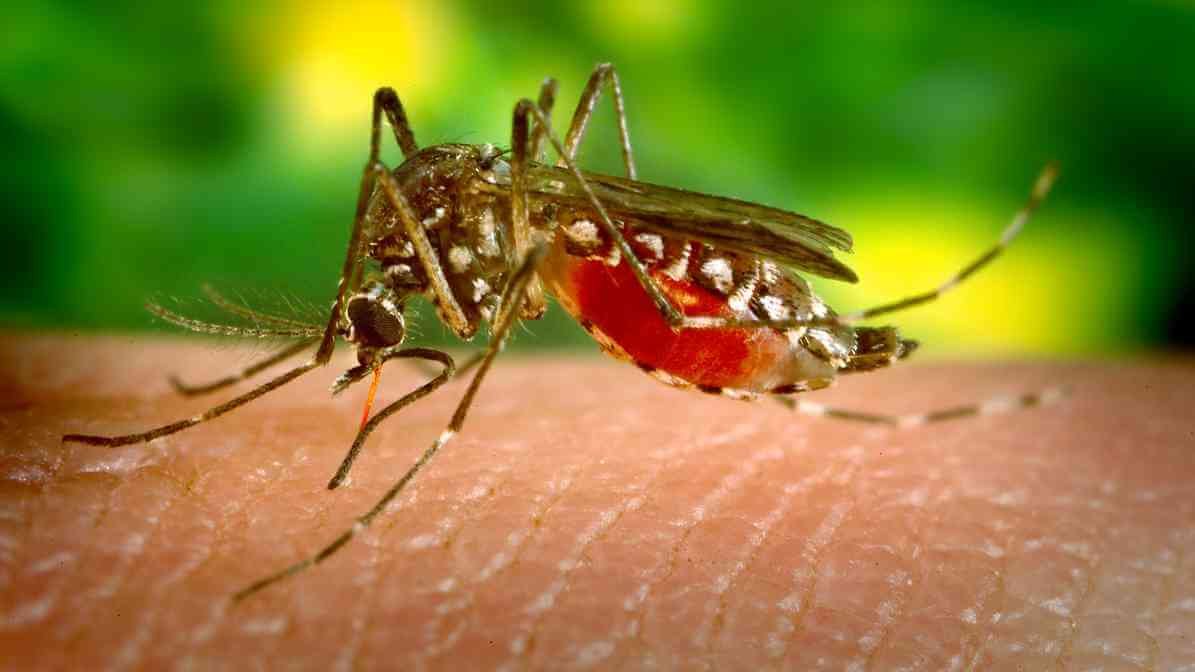
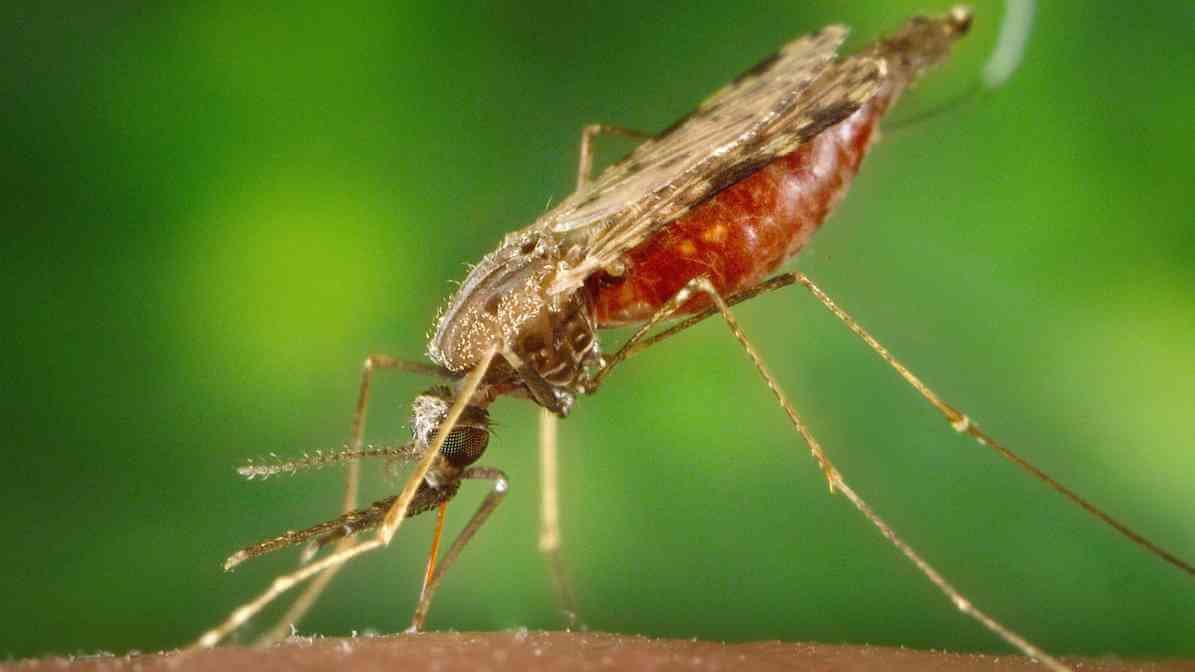

Aedes Mosquito (Aedes aegypti)
Aedes mosquitoes, including Aedes aegypti and Aedes albopictus, are characterise by their black and white markings. They are highly anthropophilic, meaning they prefer feeding on humans, and are active during the daytime. They lay eggs in artificial containers with standing water such as tires, plant saucer and buckets in urban settings. They are notorious vectors for diseases like dengue fever, Zika virus, and chikungunya.
Anopheles Mosquito (Anopheles spp.)
Famous as the primary transmitters of malaria, a serious and sometimes fatal disease, mostly active during dusk and dawn. They lay their eggs directly on water surfaces in natural habitats such as ponds and marshes. Only the female feeds on blood for egg development, making blood meal acquisition a critical part of their lifecycle. They tend to rest in shaded areas after feeding, which influences control strategies.
Culex Mosquito (Culex spp.)
Culex pipiens are widespread and often breed in polluted water bodies, including drainage ditches, septic tanks and birdbaths. Mostly active at night to feed on birds and humans, transmitting of West Nile virus and other encephalitis viruses. Their ability to breed in different places is a major public health concern. Implementing regular community efforts and creating awareness of the diseases and prevention measures is a priority.
Combatting Mosquito-Borne Diseases
Mosquitoes Habitats and Behaviours
Adult tend to lay eggs in water-rich environments where their larvae develop. The process of laying eggs varies among the types of species, Aedes lay their eggs on the water's surface or in containers. Anopheles place their eggs directly on water. Culex lay their eggs in rafts on still water.
These behaviours influence control strategies, emphasising the importance of eliminating standing water around homes and communities. Blood-related behaviour is vital for female to produce eggs, as they require blood meals to develop their eggs. During feeding, they probe the skin, insert their proboscis drawing blood, often transmitting disease in the process.
Disease Spread by Mosquitoes You Need to Know
Diseases Spread by Mosquitoes in Malaysia
The disease spread encompasses a wide range of illnesses, many of which have significant health impacts across continents. These vector-borne diseases are transmit when they feed on blood, crossing from infected hosts to humans. The spread and occurrence of these diseases are link to the species in the area. Understanding the specific vectors involved is crucial for implementing effective control measures.
Yellow Fever
Caused by a virus transmitted primarily by Aedes, particularly Aedes aegypti. Symptoms range from fever and chills to severe liver disease leading to jaundice. Yellow fever remains a significant concern in parts of Africa and South America. But vaccination efforts have been successful in controlling outbreaks.
Dengue Fever
Transmitted mainly by Aedes, especially during day time biting. The dengue virus can cause high fever, severe pain in muscles and joints (joint pain), rash. In severe cases, hemorrhagic fever or dengue shock syndrome. It affects millions worldwide, including regions in North America where dengue virus outbreaks are increasingly high.
Zika Virus
Also spread by Aedes, Zika gained global attention because of its link to birth defects such as microcephaly. The infection often causes mild symptoms, but its transmission and potential to transmit diseases make it a serious concern. Symptoms usually last for several days to a week. However, the more serious concern relates to its effects on infants born to infected mothers.
West Nile Virus
Spread by Culex, West Nile Virus can infect humans and birds, often in urban and suburban environments. Most infections are asymptomatic, but some develop neurological illnesses like encephalitis. For some, symptoms can include fever, headache and joint pain. West Nile Virus has become increasingly prevalent, especially during summer months.
Malaria
Transmitted by Anopheles, malaria remains a leading cause of death in many tropical countries. Cause by Plasmodium parasites and manifests with cyclical fever, chills, anemia and other severe complications if untreated. Most cases and deaths occur in sub-Saharan Africa, Southeast Asia and parts of South America. Children under five and pregnant women are particularly vulnerable.
Eastern Equine Encephalitis (EEE)
Transmitted by Culiseta and Aedes species, EEE virus maintains its life cycle chiefly among wild birds, serving as hosts. They become infected after feeding on an infected bird. After an incubation period, the infected transmit the virus to other birds, horses or humans during subsequent bites. Humans and horses are dead end hosts.
What is The Role of Aedes Mosquitoes in Disease Transmission?
Aedes mosquitoes are responsible for transmitting diseases such as dengue, Zika, chikungunya and yellow fever.
The Hidden Threats and Deadly Diseases Transmitted by Mosquitoes
Impacts of Mosquito Biting
Their biting process causes discomfort, leading to allergic reactions ranging from mild swelling to more severe responses. Besides the physical irritation, bites may psychologically impact those living in high-risk areas, fostering fear and anxiety. When they feeds on blood, they can potentially transmit pathogens into the human bloodstream. This process happens when infected adult mosquitoes take a blood meal from an infected person or animal.
Later, they bite a human and inject the disease-causing agent. For example, infected Aedes transmit dengue virus, Zika virus and chikungunya, while Culex species transmit West Nile virus. Mosquito bites have effects that go beyond immediate reactions. Getting bites numerous times can raise the risk of infection and also help spread diseases carried by mosquitoes.
A Deep Dive into Mosquito Types and Prevention Strategies
Mosquito Control Measures
Controlling measures is vital to reducing the disease burden and protecting public health. Mosquito control strategies aim to eliminate breeding sites, reduce their populations, and prevent mosquito bites. Many regions employ integrated mosquito management (IMM), combining surveillance, habitat reduction, biological control and chemical methods. Public awareness campaigns educate communities about the importance of control and disease prevention.
Community and Individual Strategies:
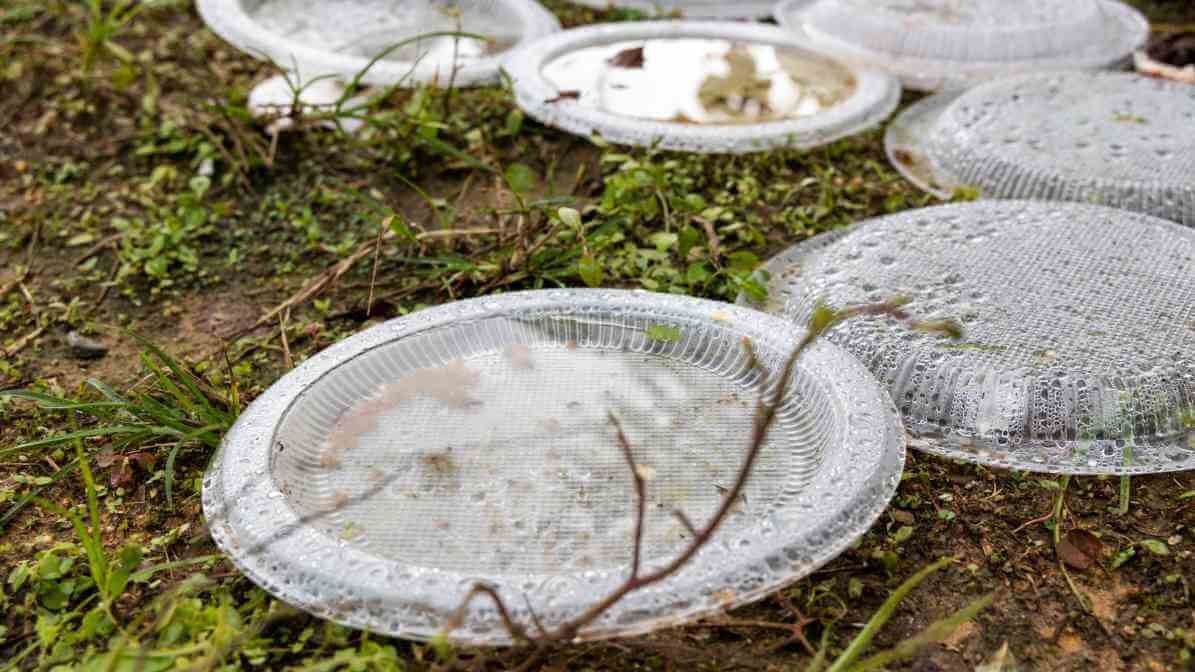



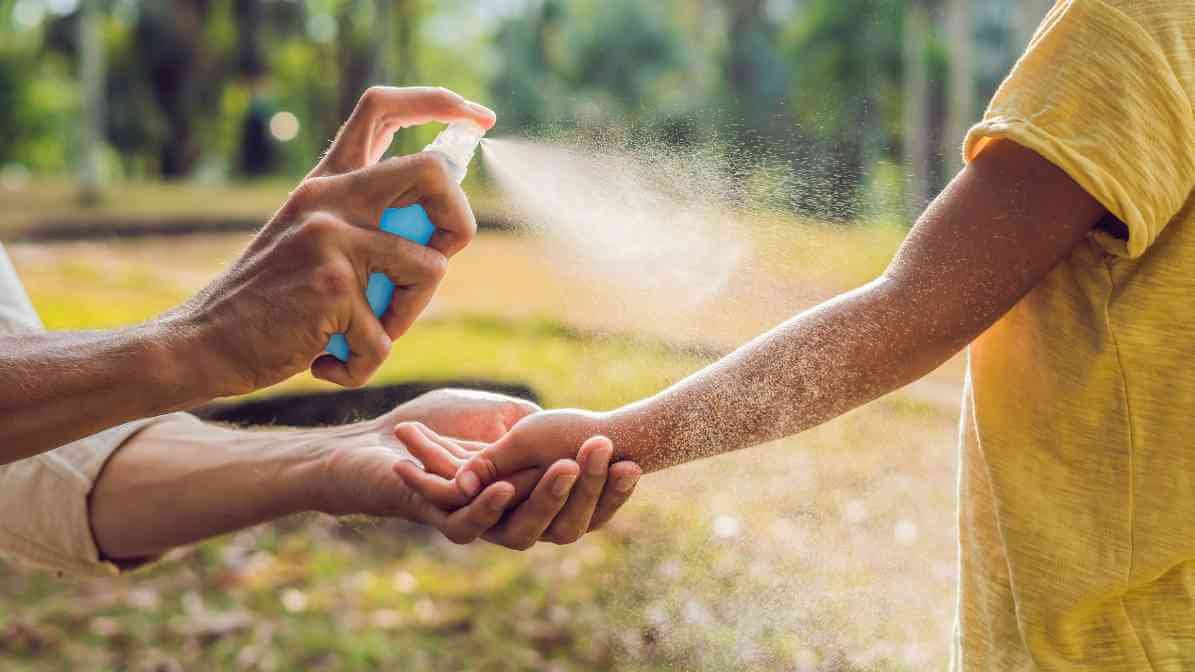
Eliminating Standing Water
Regularly emptying or covering containers, gutters, and puddles prevents mosquitoes from laying eggs. Since Aedes mosquitoes lay eggs in artificial containers, reducing habitat around homes can significantly decrease their populations.
Use of Mosquito Nets and Screens
Sleeping under insecticide-treated mosquito nets and installing window screens. This measures can prevent adult mosquitoes from bite humans during peak activity times, especially at night.
Application of Insecticides
Targeted spraying of adult mosquitoes and larviciding in breeding sites helps control mosquito populations. The use of our environmentally friendly and approve insecticides is highly recommend.
Introducing natural predators like fish to water bodies or using bacterial agents. Formulation like Bacillus thuringiensis israelensis (Bti) to kill larvae can reduce mosquito numbers without harmful chemicals.
Personal Protection
Wearing long sleeves and long pants, applying EPA-approved repellents. Avoid outdoor activities during peak mosquito activity times can reduce bites.
Professional Mosquito Control Services
Innovative Pest Blog Summary
The Aedes, Anopheles, and Culex species each play distinctive roles in transmitting serious illnesses. Disease such as yellow fever, dengue fever, Zika virus, West Nile virus and malaria. Their behaviours, where they lay eggs, how they feed on blood and their activity periods. With vast knowledge of their characteristics and biological behaviours, we strategically apply IPM for an effective long term solutions.
Awareness about their habits, breeding sites and disease transmission is crucial for individuals and communities to implement preventive measures. In addition to personal protection, community-based control programs are vital to reduce mosquito populations and interrupt transmission cycles.


